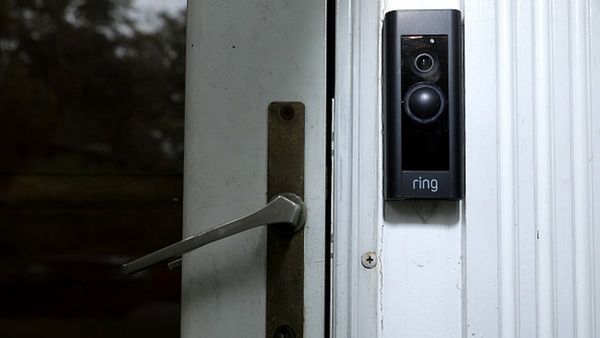
Budgets are like buses these days. You wait ages for one to come along then two arrive at once, making it harder to keep track of your tax affairs.
However, one of the few decisions taken by Kwasi Kwarteng that still stands is his reversal of April’s national insurance rise. The tax cut kicked in on Sunday and it means nearly 30 million people will keep more of their pay next year.
What has happened?
Last year, Boris Johnson’s government announced that NICs would go up by 1.25p in the pound on 6 April this year.
It was billed as a health and social care levy that would raise billions to fund social care and deal with the NHS backlog that has built up because of the Covid pandemic. Ministers agreed to push up the main rate of NICs for employees from 12% to 13.25%, while employers were told to pay 15.05%.
It was very controversial at the time because it broke an explicit Conservative manifesto promise not to raise VAT, income tax or national insurance.
In his disastrous September mini-budget, Kwarteng scrapped the levy and it is one of the few decisions his replacement, Jeremy Hunt, has not reversed (not yet, anyway) as he sought to quell the financial storm unleashed by his predecessor’s radical plans.
Who pays national insurance?
Employees pay NICs on their wages as well as income tax, while employers also make contributions for staff. The self-employed pay the tax on their profits. NICs raise a lot of money for Treasury coffers (£158bn last year, according to HMRC) and are used to cover the cost of benefits and the state pension.
Workers do not have to make contributions until they are earning £12,570 a year, the same level at which income tax starts to be charged.
What is the small print?
Since the start of April, workers and employers have been paying an extra 1.25p in the pound.
The decision by Liz Truss’s government to scrap that increase returns the NI rate to 12%. It is paid at this rate by employees earning between £12,570 a year and just over £50,000 a year.
Above that level, the rate has gone back down from 3.25% to 2.0%. Most employees will start to receive the cut in their November payslip via their employer’s payroll, though for some workers it could be December or January.
What does it mean for me?
The reversal has turned the clock back seven months. According to analysts, the return to the old NIC rate works out as a saving of:
£93 a year for someone earning £20,000.
£343 for someone earning £40,000.
£593 for someone earning £60,000.
£1,093 for someone earning £100,000.
The government adds that this about-face, combined with the summer decision to increase the threshold at which the tax kicks in (from £9,880 to £12,570 a year), means – amid a worsening cost of living crisis – that the average worker will be £500 better off next year.







